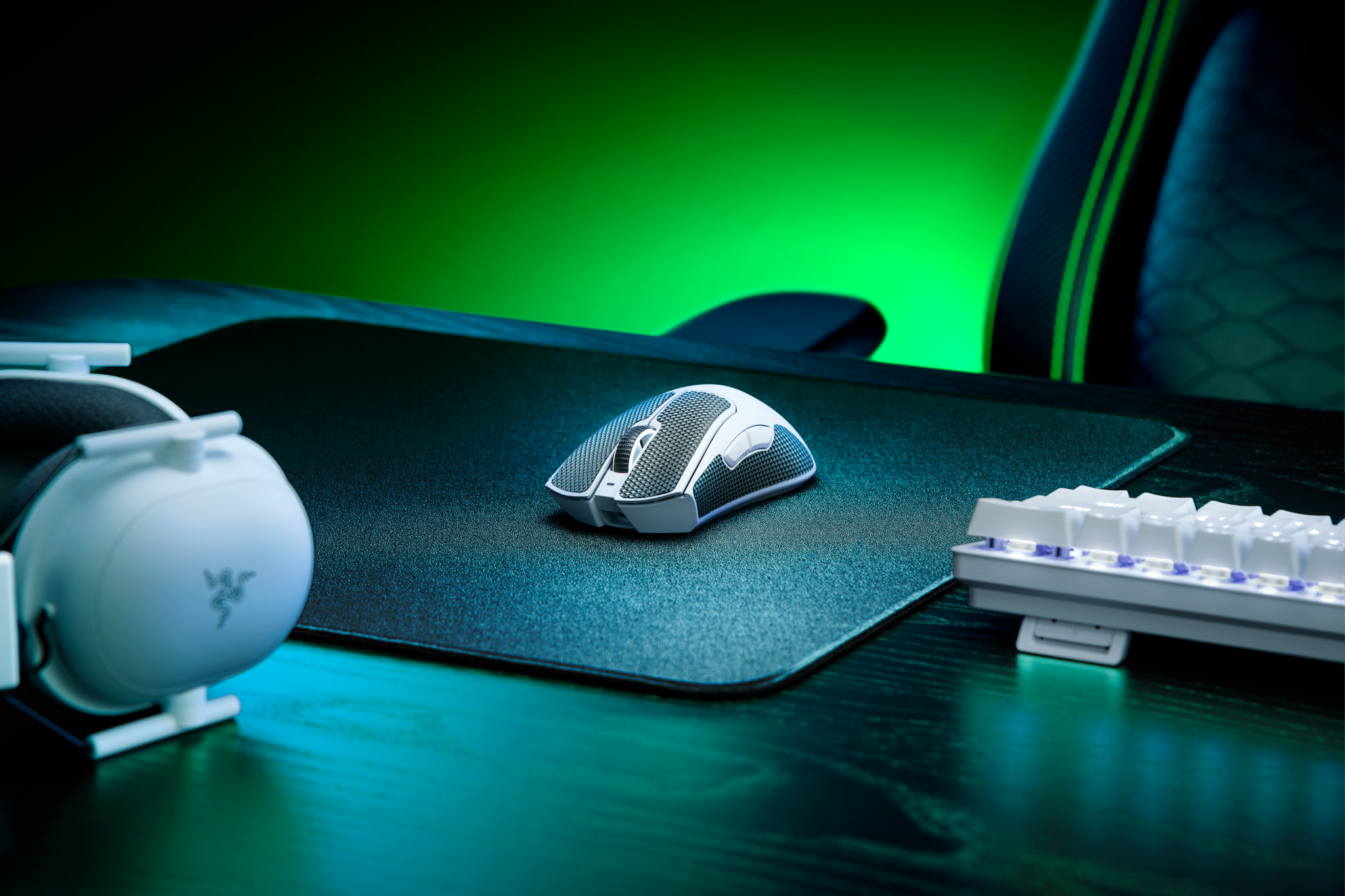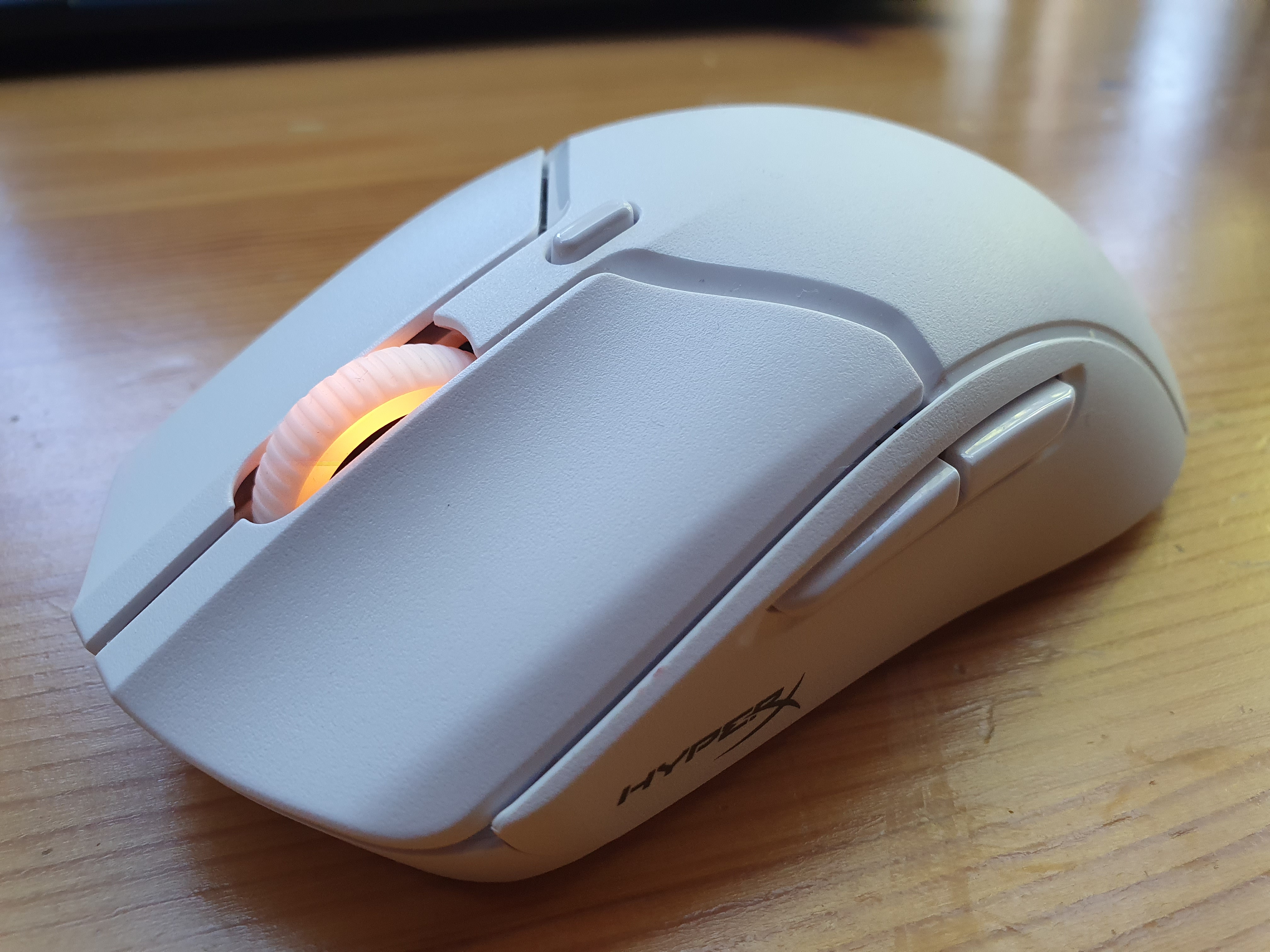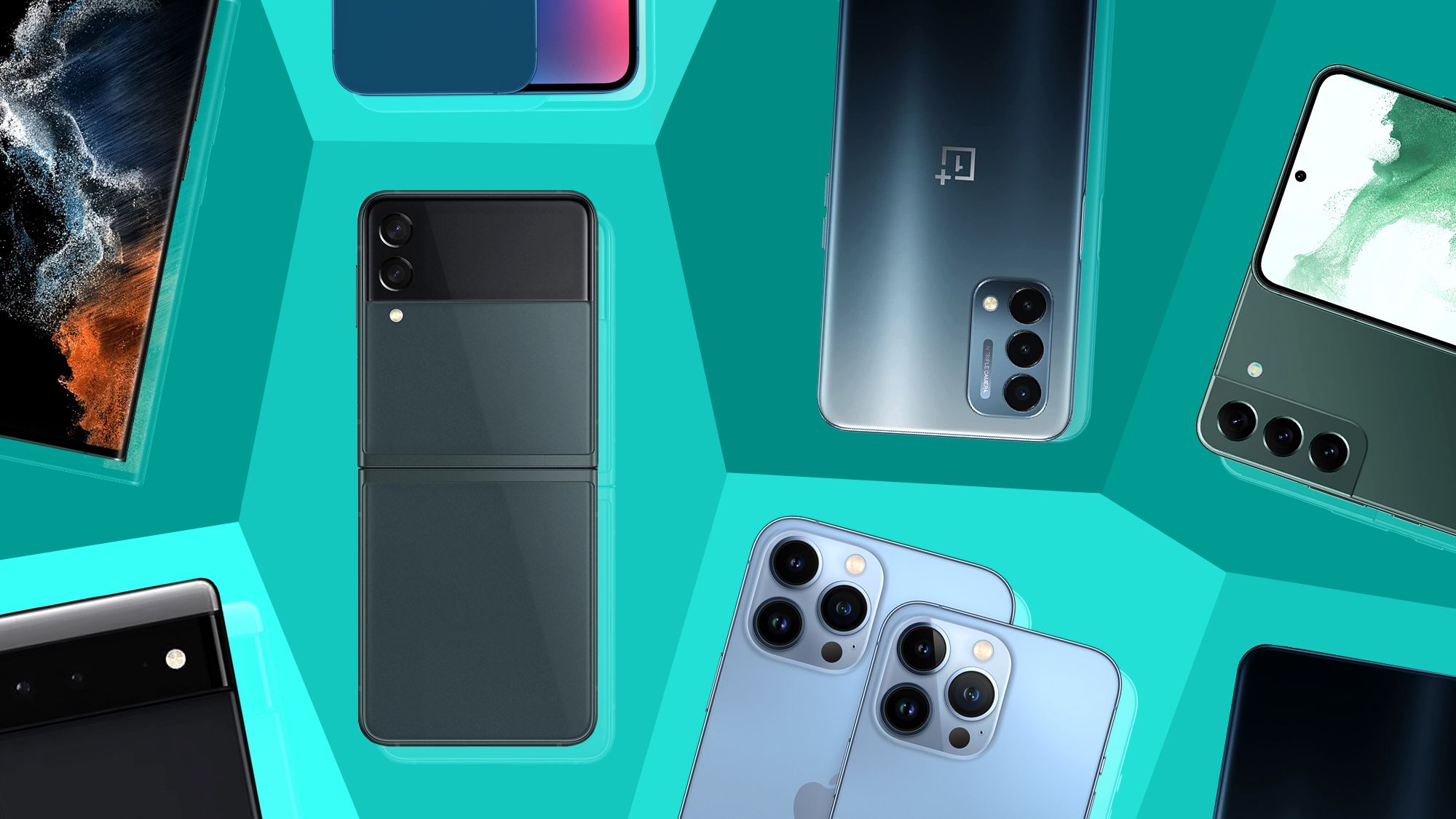We shed some light on this head-scratcher!
We’re spoiled for choice now with gaming mice. Some just hit ridiculous heights in performance — mice like the Logitech G Pro X Superlight 2 and Razer DeathAdder V3 Pro, for example, are just two that come to mind.
Yet these mice are missing something that I would have thought was essential for pro gamers — a dedicated DPI switcher button. So, what’s the story? Why do these mice adopt such a minimalist design, free of the old DPI switcheroo?
What is a DPI switcher anyway?
Most gamers have some familiarity with DPI. In a nutshell, it’s the dots-per-inch resolution that determines how sensitive the mouse sensor registers movement. A DPI of 1,600 or lower makes movement slow and precise, whereas a high DPI setting of 8,000 or above makes it extremely sensitive and quick.
Gamers use different DPI settings for different games, and even for different player classes within games to find a performance edge.
Take a gamer playing a first-person shooter as an example. They may prefer the accuracy and micro control of movement that a low DPI of 1,600 gives them when wielding a sniper’s rifle, but enjoy the more fluid movement that a DPI of 3,200 gives them when strafing with a sub-machine gun.
A dedicated DPI switcher button can usually be found just behind the mouse wheel in some gaming mice like the HyperX Pulsefire Haste 2 Wireless. Some mice like the Razer Cobra Pro even have two switcher buttons, one to switch up DPI and one to switch down DPI.
Then why the missing switcher in some esports mice?
There are quite a few reasons why some of the best esports mice don’t have a dedicated DPI switcher.
The most obvious reason is that in esports competitions, where mere ounces can be the difference between winning or losing, mice need to be as lightweight as possible.
You can see this in action in the Razer DeathAdder V3 Pro and Logitech G Pro X Superlight, which weigh just 2.2 ounces (63 grams) and 2.1 ounces (60 grams), respectively.
These mice have been stripped of all non-essential features — things like flashy RGB lighting, thumb rests, and extra buttons.
Where competitions sit on a knife’s edge there’s also player consistency to be considered. If there’s no DPI switcher, pro gamers don’t have to worry about miss-clicking it in the heat of battle, accidentally changing their DPI and throwing out their performance.





